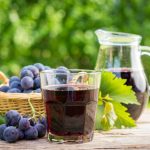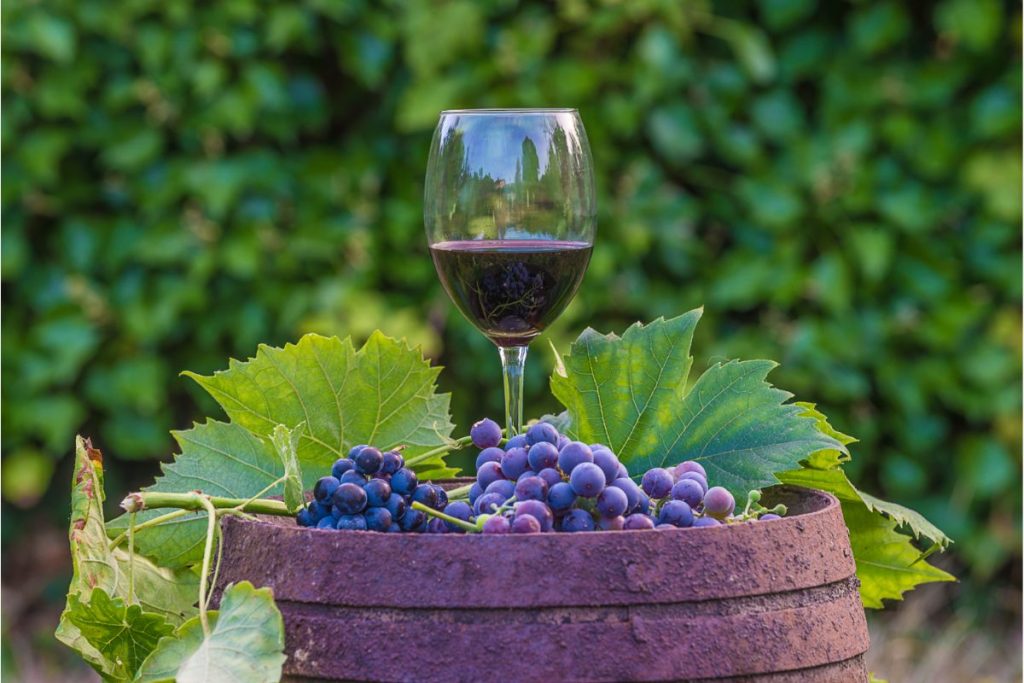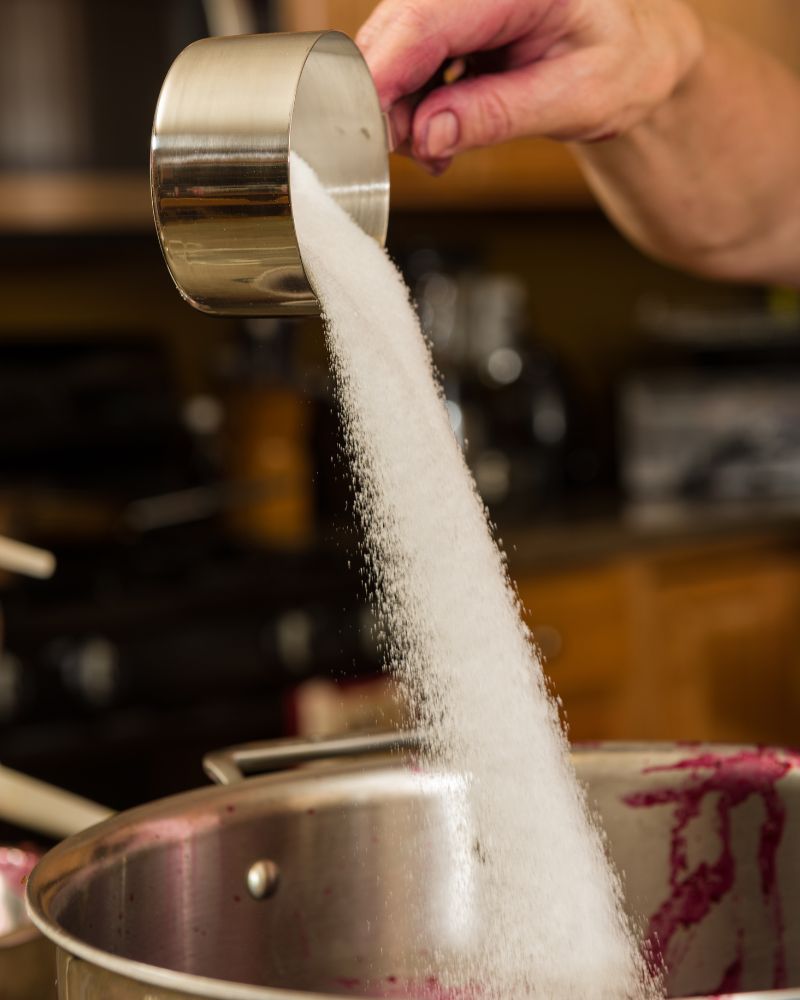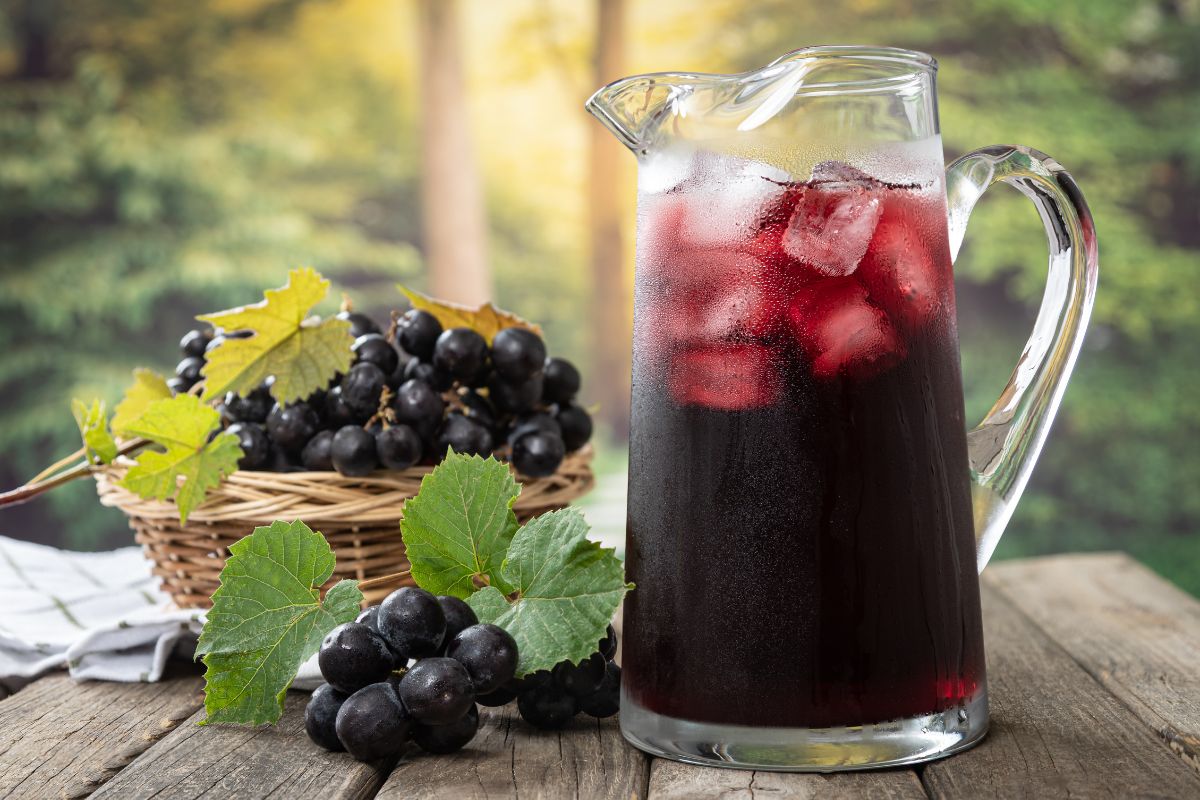Canning grape juice begins by selecting ripe grapes and washing and removing their stems. Use a steam juicer or a fruit press to extract the juice, ensuring it is strained and free from any seeds or pulp. Process the juice in canning jars in a water bath or pressure canner, adjusting the time per elevation.
What is the Best Way to Can Grape Juice?
Water bath canning is the preferred method for processing canned grape juice. The pH level of grape juice typically ranges between 3.0 and 3.6, making it an acidic food. Water bath canning, which involves submerging sealed jars in boiling water, provides sufficient heat to destroy potential pathogens and enzymes, ensuring the safety of the canned product.
Acidity analysis is crucial in canning grape juice as it ensures the pH is safe. Testing the acidity level with a pH meter or pH strips allows you to determine if additional acidification is required to achieve the desired pH range, typically below 4.6, to prevent the growth of harmful microorganisms.
Print
Canning Grape Juice Recipe
- Total Time: 2 hours
- Yield: 9 pints 1x
Description
This recipe combines the perfect balance of grape selection, juicing techniques, and canning instructions, resulting in a refreshing and flavorful juice. Grape juice enthusiasts will appreciate the depth of flavor achieved with this recipe.
Ingredients
- 16 pounds of grapes (such as Concord grapes)
- Water
- Optional sweetener of choice (to taste)
Instructions
- Fill your hot water bath canner with at least two inches of water and warm over low heat.
- Sterilize pint or quart jars by boiling them in soapy water or using the sterilize cycle on your dishwasher.
- Give your canning lids and bands a thorough cleaning with warm soapy water.
- Warm the canning jars by placing them in the canner.
- Wash and stem the fresh grapes and put them into a saucepan.
- Crush the grapes using a potato masher or similar device to crush them and release their juice. You can also use a blender – this will remove the pectin, but the juice requires no thickener.
- If there’s not enough juice to cover the crushed grapes, add just enough boiling water from a kettle to cover them.
- Heat the contents to a boil, then simmer uncovered for 10 minutes until the grape skins are soft. This step kills any potential bacteria or enzymes present in the juice, preventing spoilage.
- Strain through either a double layer of cheesecloth or a jelly bag. Discard skins and sediment.
- Put the juice in covered containers in the refrigerator and let them chill for 24 to 48 hours.
- Carefully pour the juice into a pot without disturbing the sediment at the bottom of the containers. Strain through a paper coffee filter if you want less cloudy juice.
- Sweeten the juice to taste if desired. You may add sugar or a sugar substitute such as Stevia.
- Heat juice, stirring occasionally, until it comes to a boil.
- Ladle the hot juice into jars, leaving ¼ inch of headspace.
- Gently remove any air bubbles on the inside of the jar with a wooden stir stick.
- Wipe the rims of the canning jars and securely place a lid on the top of each jar. Apply the screw bands until they are fingertip tight.
- Transfer the jars to the boiling water bath canner, placing them on a canning rack. Bring the water to a rolling boil. Place the lid on the canner and begin timing.
- Process pints and quarts for 5-15 minutes, and half-gallon jars for 10-20 minutes, adjusting for elevation:
Water Bath Canning Grape Juice Processing Times
- 0 – 1,000ft: pints and quarts for 5 minutes; half-gallons for 10 minutes.
- 1,001- 6,000ft: pints and quarts for 10 minutes; half-gallons for 15 minutes.
- 6,001ft and up: pints and quarts for 15 minutes; half-gallons for 20 minutes.
Post Processing
- Turn off the heat after the elapsed processing time and remove the canner’s lid. Leave the jars in the hot water for 5 minutes.
- Carefully lift the hot jars onto a surface protected by a clean towel using tongs or a jar lifter. Allow them to cool for 12 to 24 hours.
- Test the seals by gently pressing the center of the lids with your thumbs to check for proper sealing. Label all sealed jars and store them in a cool, dry, dark place.
- Prep Time: 1 hour, 30 minutes
- Canning Time: 20 minutes
- Cook Time: 10 minutes
Nutrition
- Serving Size: 8 ounces
- Calories: 251kcal
- Sugar: 60.9g
- Sodium: 8mg
- Fat: 1.3g
- Saturated Fat: 0.4g
- Carbohydrates: 64.3g
- Fiber: 3.4g
- Protein: 2.4g
Is it Safe to Can Grape Juice?
Yes, it is safe to can grape juice when proper canning techniques and safety measures are followed.
- Grape juice is naturally acidic, which helps inhibit the growth of harmful bacteria. However, it is crucial to measure the pH level of the juice and ensure it is below 4.6 before canning. If the pH is higher, acidification is required using lemon juice or citric acid to achieve a safe level of acidity.
- Proper sterilization of jars, lids, and equipment is essential to prevent contamination. Ensure that all jars and utensils are thoroughly cleaned and sterilized before use.
- Follow the recommended processing time and temperature specific to grape juice canning.
Can You Make Wine from Canned Grape Juice?
Yes – canned grape juice can be used as a convenient and readily available source of grape juice for winemaking. The process typically involves fermenting the grape juice with yeast and allowing it to undergo the fermentation and aging process to transform it into wine.

How Much Sugar Do You Need to Can Grape Juice?
The amount of sugar needed to can grape juice depends on personal preference and the sweetness of the grapes used. As a general guideline, add ½ to 1 cup of sugar per gallon of grape juice. This quantity can be adjusted to taste during the preparation process.
Additionally, you may use alternative sweeteners instead of or in combination with sugar. For example, you can use honey as a natural sweetener for grape juice – use approximately ¾ to 1 cup of honey per gallon of grape juice, adjusting to taste.
Some commercial grape juices, especially those labeled “grape drinks, “grape cocktail,” or “grape blend,” might contain other juices, such as apple juice, to enhance flavor or reduce acidity. If you choose to can grape juice cut with other juices, consider the sugar content and adjust accordingly to maintain the desired sweetness.

What Are the Benefits of Canning Grape Juice?
- Canned grape juice provides convenience by allowing you to enjoy the taste and benefits of grape juice whenever you feel like it.
- Canning grape juice extends its shelf life, and it lasts up to a year.
- Canning grape juice is a cost-effective option, especially when grapes are abundant and affordable during the harvest season.
- Canning grape juice preserves the natural vitamins, minerals, and antioxidants of grapes. These beneficial compounds include vitamin C, polyphenols, and resveratrol.
- When canning grape juice at home, you have control over the ingredients and can avoid the use of artificial preservatives or additives that may be found in commercially processed juices.
How to Store Canned Grape Juice
- Choose a cool and dark location for storing canned grape juice away from direct sunlight and other heat sources.
- Maintain a consistent temperature below 75°F for the storage area.
- Ensure that all the jars are tightly sealed to maintain the integrity of the canned grape juice.
- Keep the jars organized and labeled with the date of canning. This method helps with easy identification and rotation, ensuring older batches are used first.
What is the Shelf Life of Canned Grape Juice?
According to USDA food-preservation guidelines, the shelf life of canned grape juice is around 1 to 2 years. This duration depends on factors such as the quality of canning, storage conditions, and the specific recipe used.
Consume canned grape juice within the first year if you want to enjoy it at its best. While the juice may still be safe to use beyond that timeframe, the flavors and quality may gradually diminish over time.

